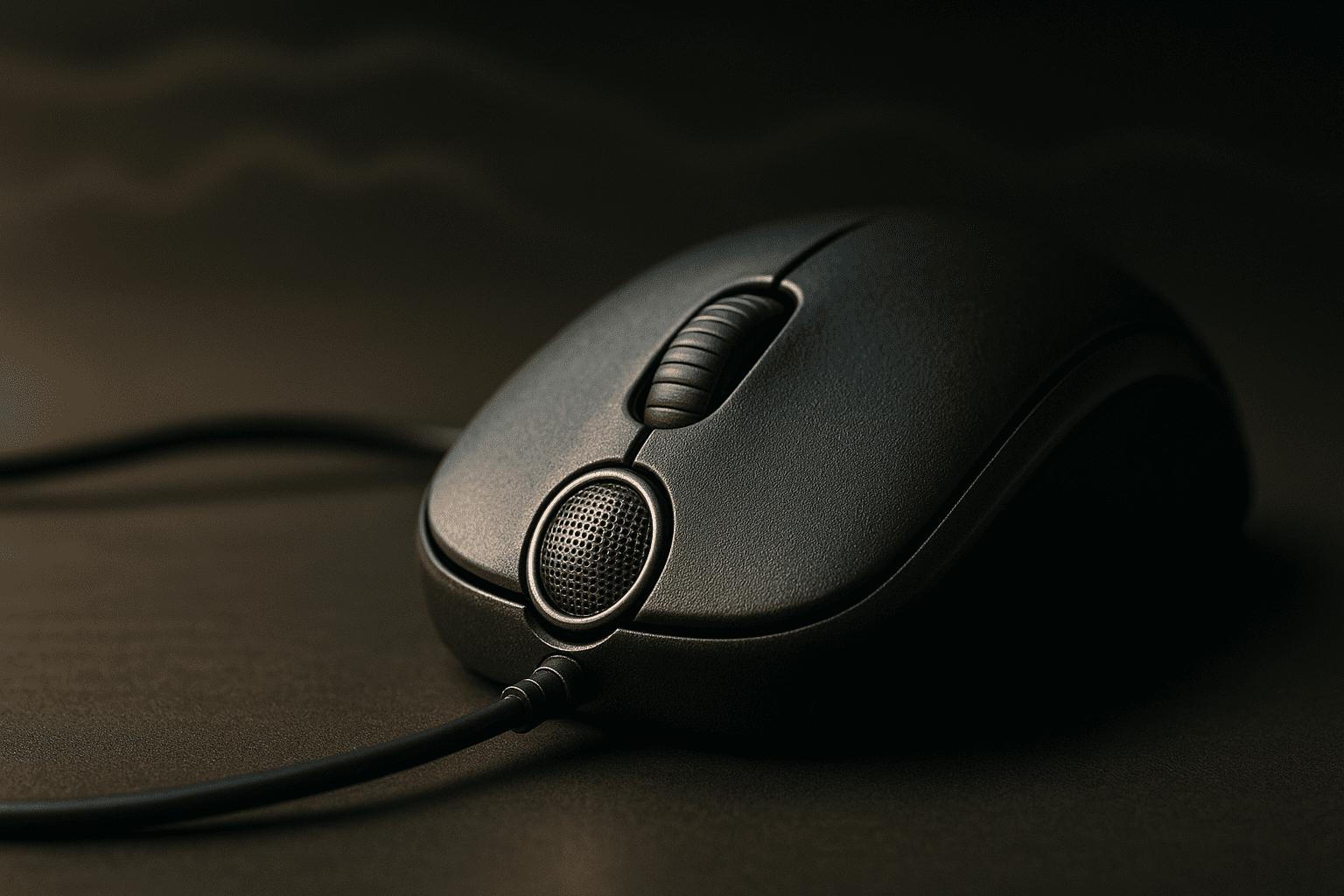A team of researchers at the University of California, Irvine reported that high-performance computer mice can be turned into covert listening devices, a method the researchers called Mic-E-Mouse. The team described the work and posted details on their Google research site.
The researchers said the vulnerability stems from highly sensitive optical sensors in modern gaming and professional mice, which can track movement at extremely high resolution – sometimes 20,000 DPI or more – and are able to detect minute vibrations on a desk caused by sound waves.
The study, posted on arXiv on 16 September 2025 by Habib Fakih, Rahul Dharmaji, Youssef Mahmoud, Halima Bouzidi and Mohammad Abdullah Al Faruque, describes a multi-step pipeline that uses signal processing and machine learning to convert noisy mouse movement data into intelligible audio. The team reported improvements of up to +19 dB in signal quality and speech recognition accuracy between 42% and 61% on common speech datasets.
The researchers said the attack does not require a sophisticated malware payload or deep system access. An attacker only needs a way to collect normal mouse packet data, which could be obtained through common software such as video games or other applications that request high-speed mouse input, and the collection can be invisible to the average user.
The team demonstrated the attack with a video to encourage manufacturers to add safeguards, according to the report. The researchers did not prescribe specific mitigation measures in detail in the paper.
Researchers and noted broader implications: as input devices become more precise and more widely available, the surface for such side-channel eavesdropping increases, potentially affecting both businesses and private homes unless manufacturers and software developers adopt countermeasures.

